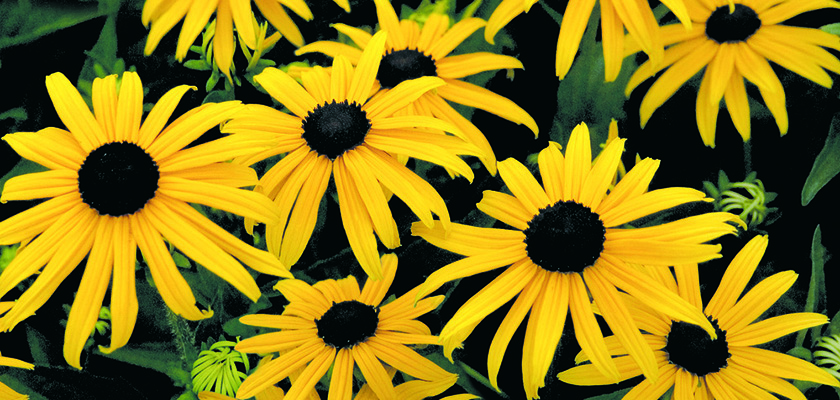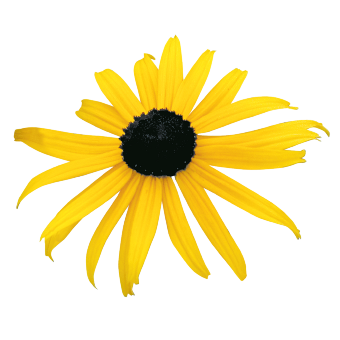

Goldsturm
Item no.: RF0101T- Vigorous plants
- Use as border, pot or container plant
- Attracts bees and other pollinators
- Unrivaled germination rates
- Optimal storage: up to 6 months at 5 °C / 41 °F
- Crop Time
- Spring: 24 - 30 weeks
- Height ∅
- 28 ″ / 70 cm
- Exposure
- Sun - Partial shade
- Seed Form
- ApeX
- Heat Zone
- 9-2
- Hardiness Zone
- 3a-9b
- Product Use
- Bedding, Landscape, Cutflower
Technical guide
Usage
Plants for border, pot and container plants, plants attract bees and butterflies
Sow time
January-June for flowering in pots from July onwards (limited flowering); June-August for flowering in pots the following year
Sowing method
2-3 seeds per plug
Germination
Moist chill seeds for 2-4 weeks at 40 ºF (5 ºC). Germinate at 85 ºF (30 ºC)
Growing on
Grow on at 50-65 ºF (15-18 ºC)
Media
Use a well-drained, growing perennial substrate with 0-15 % clay, 0-15 % parts (e.g. bark, wood fibres), 1-1,5 kg/m³ complete balanced fertilizer, 1-3 kg/m³ slow release fertilizer (3-9 months), iron-chelate, micronutrients, pH: 5.5-6.5. Field: loamy sandy to sandy humus soils with good drainage and good nutrition levels. Standard fertilization: 80-100 g/m² of a slow release fertilizer.
Temperature
Grow at 10-18 °C or outdoors. In winter indoors frost free at 3-5 °C or outdoors. Outdoors fleece cover needed. For wintering the plants should have formed 8-10 leaves. In spring the plants start to grow for 12-14 weeks at 15-18 °C and long day.
Cold temperatures at 10-15 will increase the cultivation time. A chilling period (vernalization) for 10-12 weeks is recommended for flower initiation.
Fertilization
High fertilization levels are required. Fertilize the crop weekly with 150-200 ppm nitrogen (at 3 kg/m³ slow release fertilizer in substrate), using a complete balanced fertilizer. Avoid high ammonium and high nitrogen levels. Don’t fertilize after mid September. In spring fertilize 150-200 ppm nitrogen of a potassium balanced fertilizer (N: K₂O-ratio: 1:1,5). Prevent magnesium deficiency by applying magnesium sulphate (0,05 %) 1-2 times and in case of iron deficiency (above pH 6.0) apply iron-chelate for 1-2 times. Field: If necessary according to analysis, improve the soil with 80-100 g/m² of a slow release fertilizer per year, applied in several portions. Take care of possible iron deficiency and apply iron-chelate for 1-2 times. N min soil value: approximately 150 g N/m².
Stage I Starts with the radicle breaking through the testa. The roots are touching the medium. Ends with fully developed cotyledons.
Stage II Starts from fully developed cotyledons. Ends with the fully developed true leaf or true leaf pair.
Stage III Starts from the fully developed true leaf or true leaf pair and ends with 80% of the young plants being marketable.
Stage IV All young plants are ready for sale and in the process of being hardened off. This stage lasts about 7 days.
The cultural recommendations are based on results from trials conducted under Central European conditions. Different conditions in other parts of the world may lead to deviations in results achieved.

